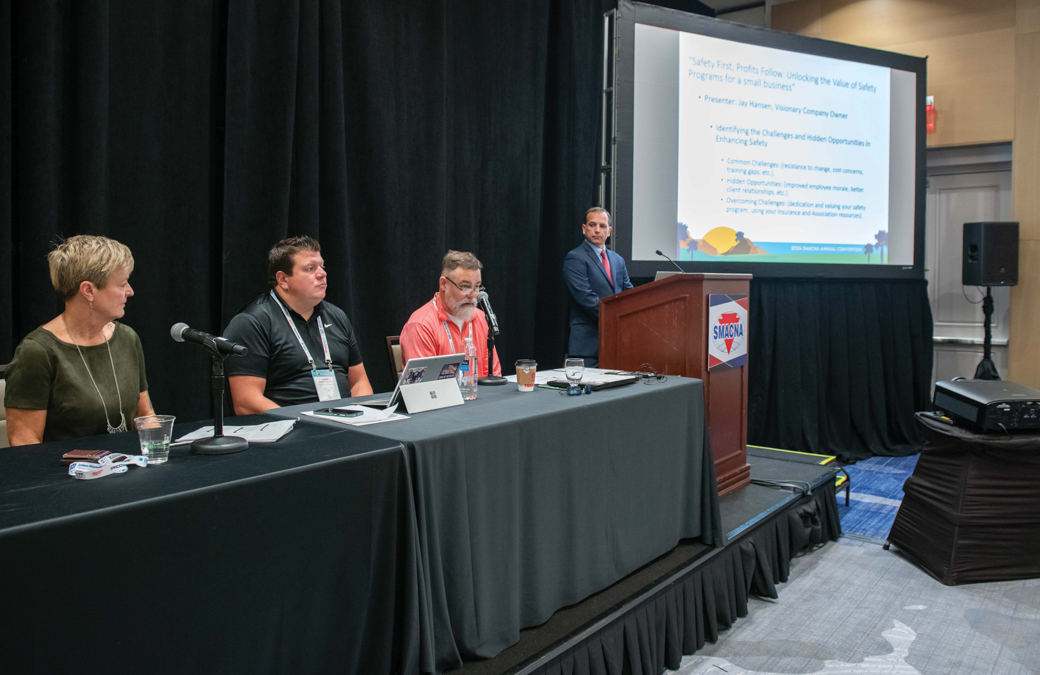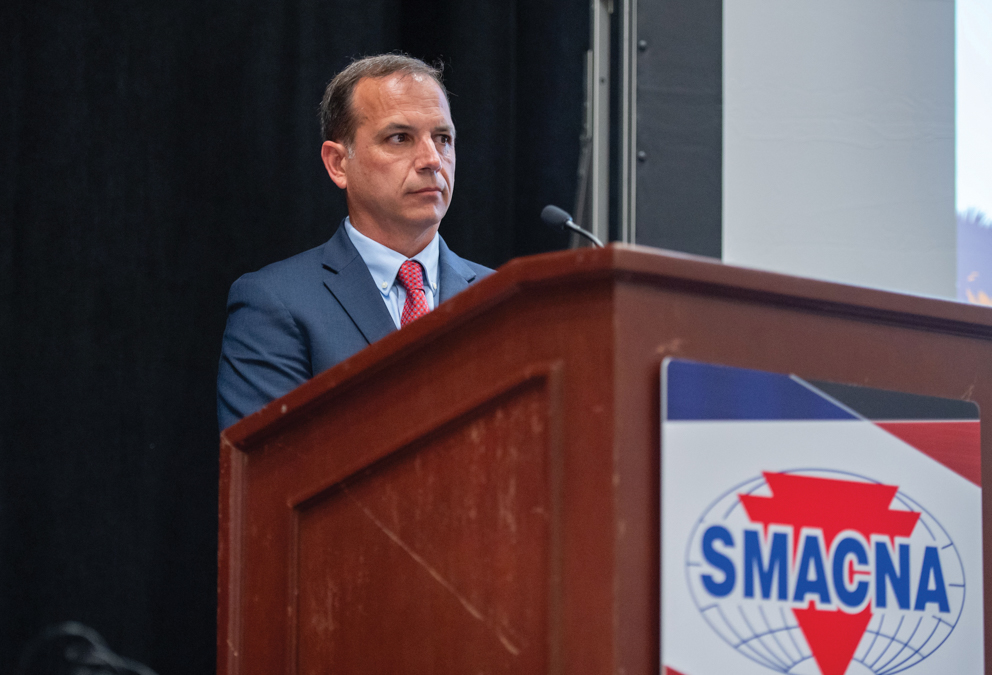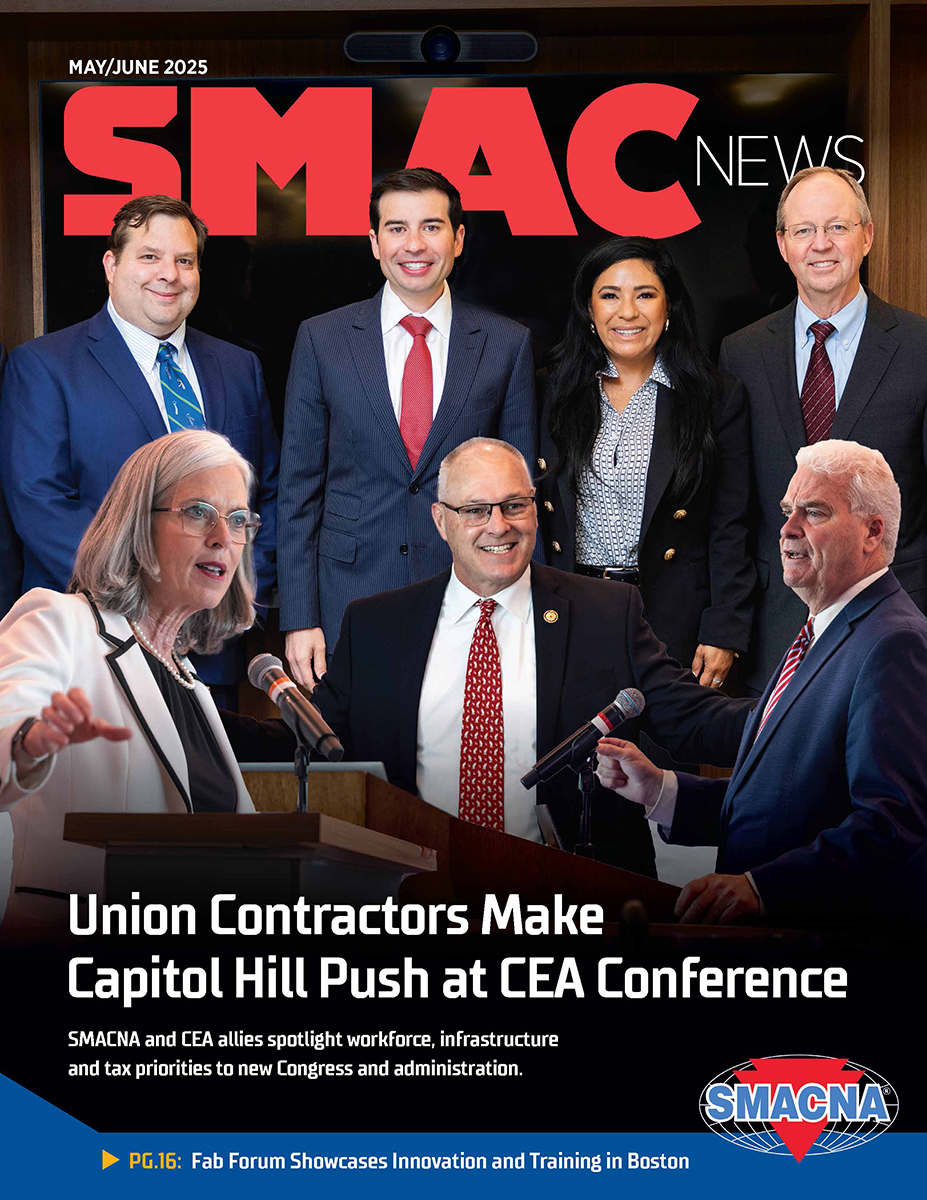Safety First, Profits Follow
How prioritizing safety builds a more profitable and sustainable business.
 In today’s fast-paced construction and mechanical contracting industries, safety is often viewed as a compliance requirement rather than a competitive advantage. However, industry leaders argue that a strong safety culture not only protects workers but also enhances profitability and business sustainability. At the 2024 SMACNA Annual Conference, panelists shed light on how small businesses can unlock the true value of safety programs.
In today’s fast-paced construction and mechanical contracting industries, safety is often viewed as a compliance requirement rather than a competitive advantage. However, industry leaders argue that a strong safety culture not only protects workers but also enhances profitability and business sustainability. At the 2024 SMACNA Annual Conference, panelists shed light on how small businesses can unlock the true value of safety programs.
The Cost of Cutting Corners
Moderator Justin Crandol, SMACNA Director of Safety, emphasizes that safety is not just about avoiding accidents. It’s about building a culture that supports long-term business success. “Too often, small businesses look at safety as an expense rather than an investment,” Crandol says. “But when you prioritize safety, you see reduced insurance costs, increased worker productivity and a stronger reputation in the industry.”

Jay Hansen, Owner of C.J. Hansen Co., shares firsthand how investing in a safety culture transformed his business. “We used to take a reactive approach to safety, dealing with issues as they came up,” Hansen says. “Once we made safety a core value, not only did our incident rates drop, but we also saw an increase in employee retention and overall efficiency on job sites.”
How Safety Boosts the Bottom Line
Insurance premiums, legal fees and downtime from accidents can be major financial burdens for businesses. Justin Cumnock, Broker at Anchor Insurance and Surety Inc., highlighted the insurance benefits of strong safety programs.
“A company with a solid safety record pays significantly less in premiums over time,” Cumnock says. “Underwriters look at safety history closely, and businesses that proactively manage risk are rewarded with better rates and more favorable terms.”
Beyond insurance, businesses that prioritize safety also experience improved productivity. “When workers feel safe, they work more efficiently,” says Stacey Smyly, Executive Director of SMACNA Kansas City. “They don’t have to hesitate or second-guess their actions because they trust the protocols in place. That level of confidence translates to better performance on the job.”
Building a Culture of Safety
Establishing a strong safety culture requires more than policies and checklists; it demands leadership commitment and employee engagement. Hansen emphasized that leadership must set the tone from the top. “If the owner or project manager doesn’t take safety seriously, employees won’t either,” he says. “We make sure our supervisors lead by example, whether it’s wearing PPE or conducting daily safety briefings.”

Cumnock notes that training is another critical component. “Ongoing training ensures that safety isn’t just a one-time conversation,” he says. “Employees need to understand not just the ‘what’ but the ‘why’ behind safety protocols.”
Smyly adds that open communication channels are key to reinforcing a safety-first mindset. “Workers need to feel comfortable reporting hazards without fear of retribution,” she says. “Creating an environment where safety concerns are addressed proactively makes a huge difference.”
National Safety Month: A Reminder for Businesses
June is National Safety Month, an initiative led by the National Safety Council (NSC) to raise awareness about workplace safety. This annual campaign serves as a reminder that safety should be a year-round commitment, and not just a one-time initiative.
Crandol encourages businesses to use National Safety Month as an opportunity to reassess their safety programs. “This is a great time to review your policies, conduct refresher training, and engage employees in safety discussions,” he says. “It’s also a chance to celebrate safety successes and recognize employees who uphold safety standards.”
help small construction businesses enhance and improve their safety programs,” she says.
The Takeaway: Safety is Smart Business
The panelists agree that when HVAC and sheet metal businesses prioritize safety, the benefits extend far beyond compliance. From lowering costs and improving productivity to fostering a positive workplace culture, a well-executed safety program is a game-changer.
“Investing in safety isn’t just the right thing to do; it’s the smart thing to do,” Hansen says. “The companies that understand this are the ones that thrive.”
For small businesses looking to gain a competitive edge, the message is clear: put safety first, and profits will follow.
Published: July 9, 2025
IN THIS ISSUE
A “Good Catch” for Safety
icon Mechanical’s proactive safety approach earns SMACNA’s 2024 Safety Innovation Award.
ARCHITECTURAL: Detroit Firm Rebuilds Historic Tower’s Copper Crown
CASS Sheet Metal battles wind, weather and tricky scaffolding to restore the iconic Detroit Towers.
CAPITOL HILL UPDATE: HVAC Tax Credits on the Chopping Block in House GOP Tax Plan
In May, House Republicans unveiled their much-anticipated tax package, and the news was not great for HVAC tax credits. The 389-page bill included the repeal of two major HVAC tax credits that address residential energy efficiency improvements.
Fab Forum Showcases Innovation and Training in Boston
Sheet metal leaders gather for hands-on learning and facility tours.
Financial Resilience: Strengthen Your Scenario Planning in 2025
Halfway through 2025, and from where we all stand, contractors’ continued challenges may seem unpredictable. Material costs have fluctuated due to regulatory changes and supply chain disruptions.
HVAC: Modern Niagara Bets Big on Ottawa’s Hard Rock Casino Revamp
In a landmark project, Modern Niagara is spearheading the transformation of an aging casino in Ottawa into a cutting-edge Hard Rock Hotel & Casino.
INDUSTRIAL: How to Navigate Explosive Growth
Allied Mechanical balances industrial megaprojects with customer loyalty and long-term strategy.
Innovating, Educating and Connecting For a Stronger Future
During my travels, I emphasize to all our members: SMACNA is your association. SMACNA exists solely to promote the interests of our members and the union sheet metal/HVAC industry.
NLRB In Limbo Following the Unprecedented Removal of Member Gwynne Wilcox
In early 2025, President Trump removed Gwynne Wilcox, a Democratic appointee to the National Labor Relations Board (NLRB), despite the fact that her five-year term did not expire until 2028.
RESIDENTIAL: Flourishing in the Residential Market
Metro Air increases its residential customer base by focusing on customer service, continued employee education and cost control.
Safety First, Profits Follow
How prioritizing safety builds a more profitable and sustainable business.
Strengthening SMACNA: Engaged Members, Stronger Connections
Entering my fourth year as CEO, I have moments when I can reflect on what it means to be a part of SMACNA.
Union Contractors Make Capitol Hill Push at CEA Conference
SMACNA and CEA allies spotlight workforce, infrastructure and tax priorities to new Congress and administration
Welcome New SMACNA Members


